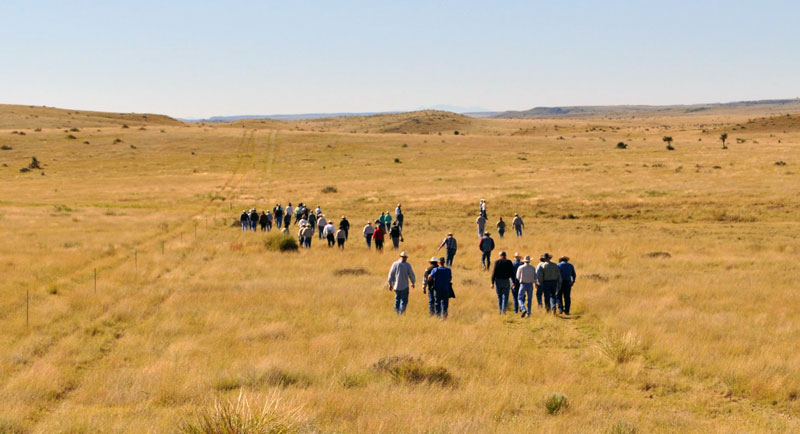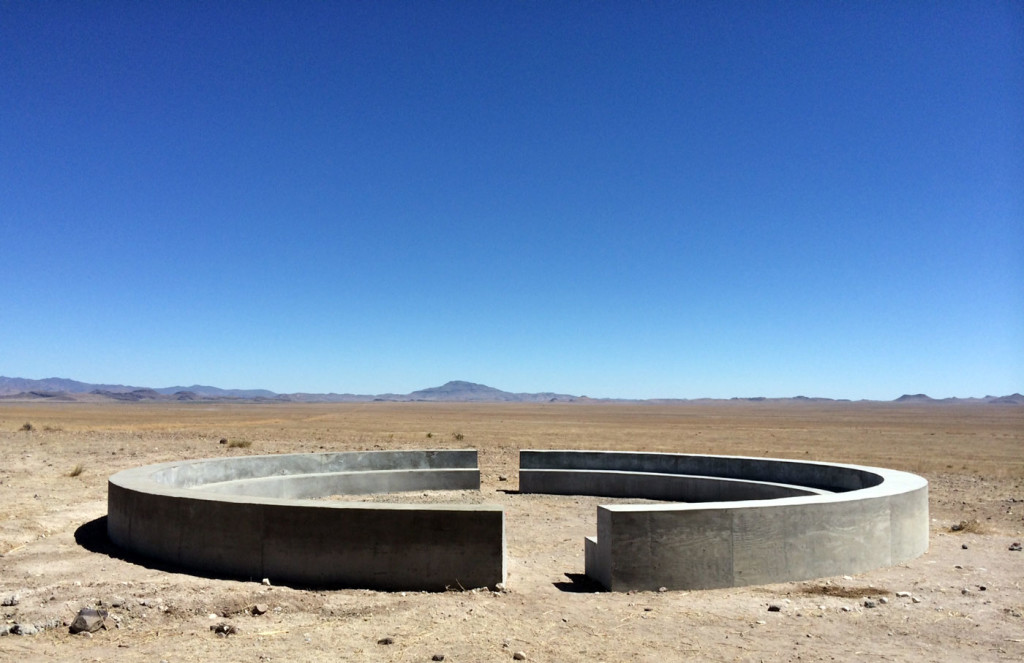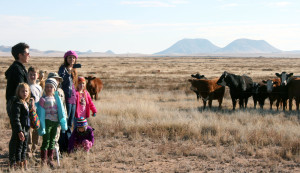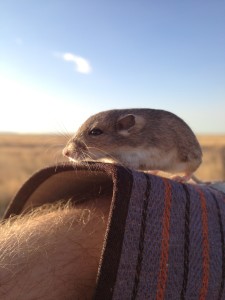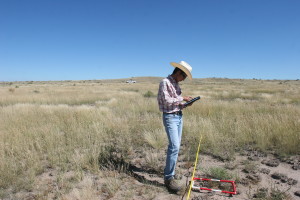Open Gate at Dixon Ranches Mimms Unit to focus on improving rangeland in drought
Registration is now online for an Open Gate at Dixon Ranches Mimms Unit from 9am to 4pm on Sept. 13 in Marfa.
Agricultural producers, wildlife managers, local agency representatives, and anyone else interested in sustainability, drought mitigation and biological research findings: this is a day for you. Learn about “Improving Land, Animal, and Water Health in a Drought” through short presentations and small group exercises.
Our speakers will share ranching techniques that improve rangeland productivity, water-holding capacity, wildlife habitat, and soil health. Participants will improve their land-monitoring skills, while learning about key soil-health indicators and ways to improve their soil. How to mitigate wildfire’s impact on soil health will also be covered.
Presenters include Robert J. Potts, president and CEO of the Dixon Water Foundation; Casey Wade, assistant general manager of Dixon Ranches in Marfa; Dr. Bonnie Warnock, associate professor and chair of the Sul Ross State University Department of Natural Resource Management; Dr. Lisa Bellows, Holistic Management Certified Educator-in-Training and chair of math and science initiatives at North Central Texas College; and Peggy Cole, Holistic Management International program manager.
This event at Dixon Ranches Mimms Unit is part of Holistic Management International’s Open Gate Learning Series of peer-to-peer, action-based field programs, during which participants share discoveries and management techniques with guidance from experienced facilitators and producers. Holistic Management® enables producers to better manage risk, make better decisions, and enjoy the benefits of sustainable agriculture.
Advance registration before Sept. 9 is $20 per person, including lunch. If space is still available, walk-in registration on Sept. 13 is $30 per person. To register or find out more, visit http://holisticmanagement.org/mimms/ or call 505-842-5252.
